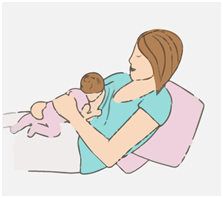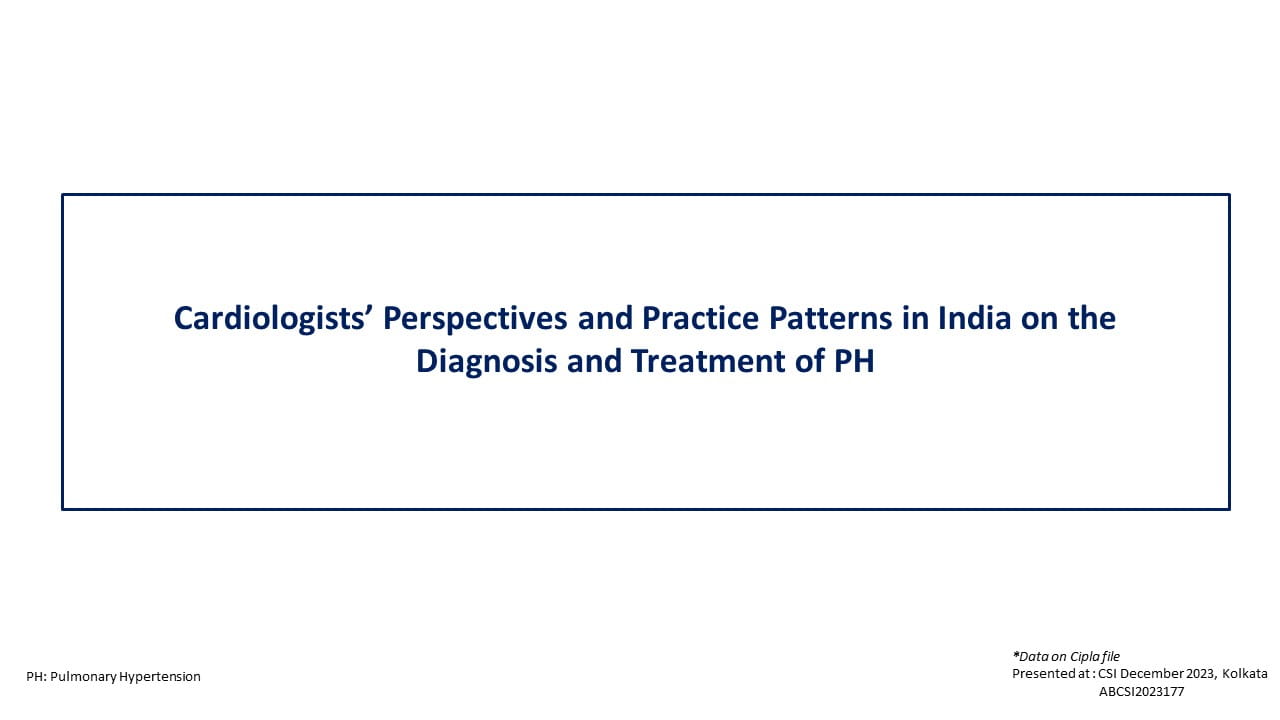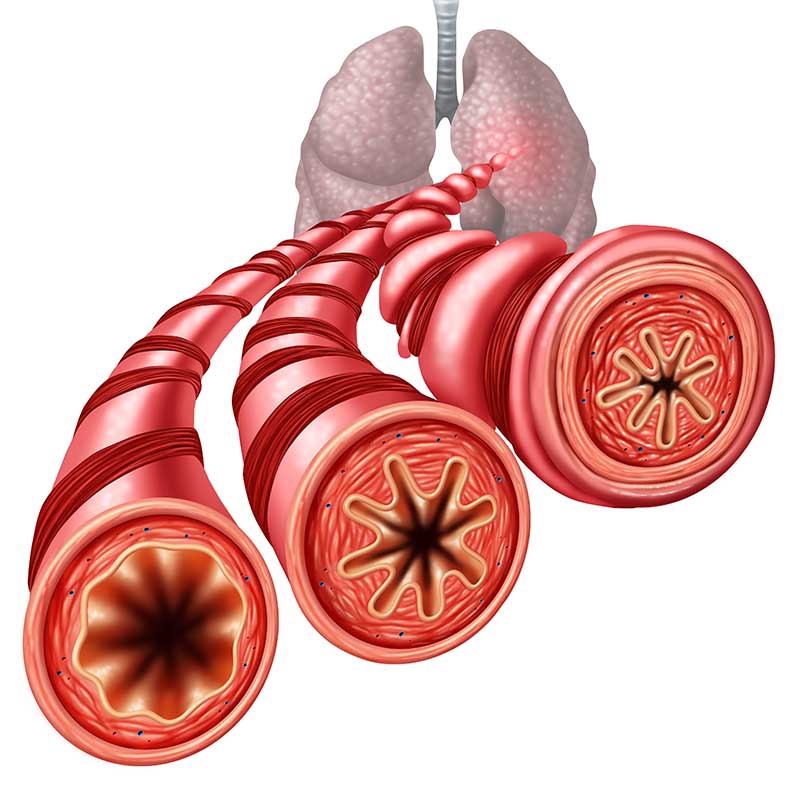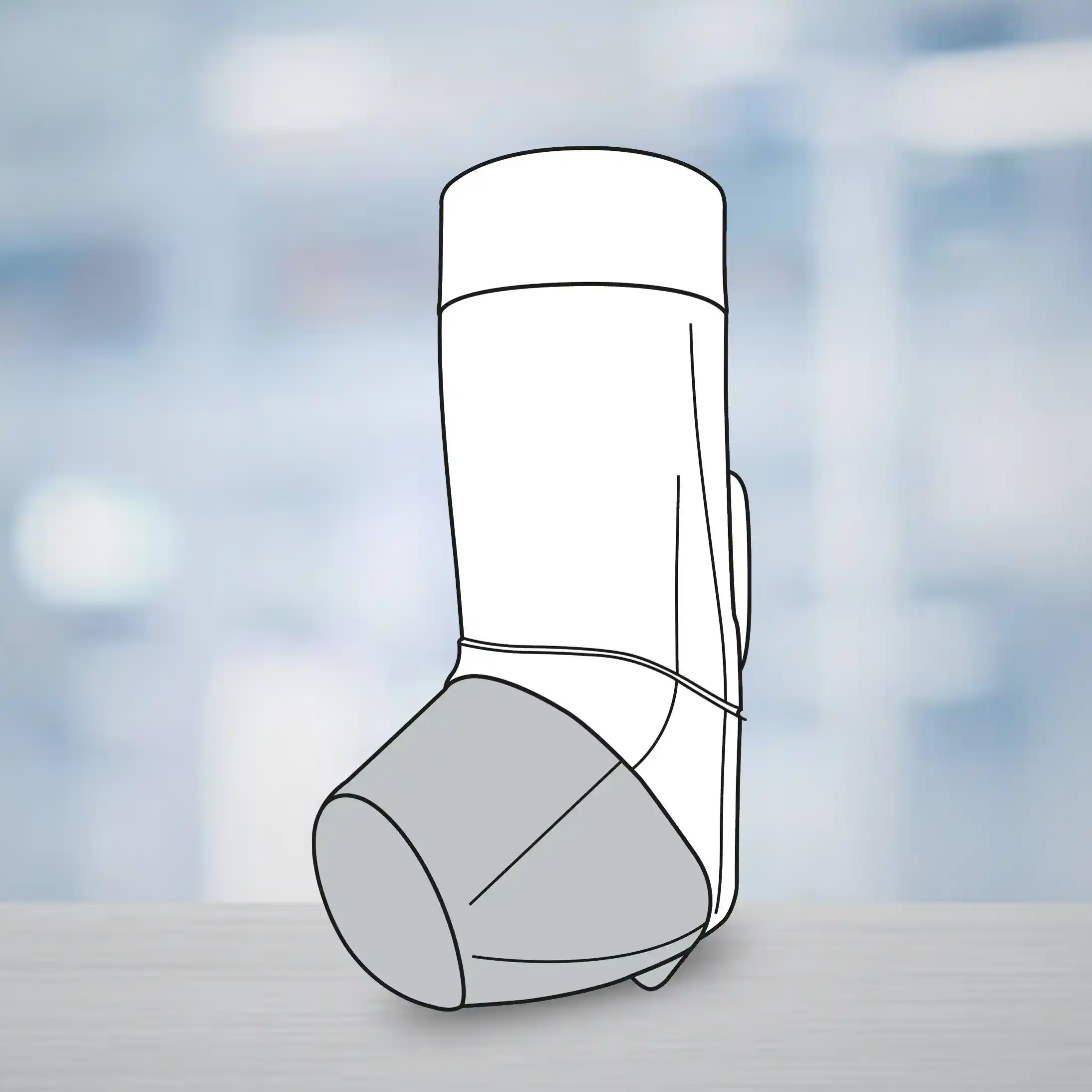Breastfeeding Made Simple: Tips for New Moms
5 Jun, 20
Breastfeeding Provides Health Benefits for Mothers and Infants
- Mothers' milk is one of the best sources of energy and nutrients for babies, protects it against infections and diseases, and is available whenever the baby needs it.
- Breastfeeding can build a strong emotional bond between mother and baby, and make your baby feel affection and warmth.
Wash your Hands before Breastfeeding
Ensure a Comfortable Position
- Relax your shoulders and arms, support your back and feet well.
- Use pillows, cushions or a footstool to ensure maximum comfort.
- Cradle your baby as close as possible to your breast rather than leaning forward
How to hold the Baby
- Place your palm under baby’s neck and shoulder to allow it to take the proper position for breastfeeding.
- The baby’s head and body should be in a straight line. It's hard for your baby to swallow if their head and neck are twisted.
- The baby should be facing the breast with nose opposite to the nipple.
- Hold the baby close to make sure that his/her arms and hands do not get in the way.
How to Support the Breast
- Rest your fingers on your chest wall under the breast.
- Hold your breast with the thumb on top and four fingers underneath, and keep your fingers away from the areola (The black part of the nipple)
- You may remove your hand once your baby is well attached.
Getting your Baby to Latch onto the Breast
- Lightly touch the baby’s lips with the nipple, and wait till he/she opens his/her mouth wide.
- The baby’s head should be slightly extended, so that the nipple is aimed at the roof of his/her mouth.
- Bring your baby to your breast, not your breast to the baby.
- Keep a hold of your breast until baby has a firm grasp and is suckling well.
- Breastfeeding should not hurt. If it does, slip a finger into the corner of the baby’s mouth to break the suction, and gently take him/her off your breast.
Signs of Good Attachment
- The baby opens his/her mouth wide, with lips curled outward like fish lips.
- The baby’s chin is pressed onto the breast.
- The areola is more visible above than below the mouth.
- The baby pauses in between feeding.
Burping your Baby
- When your baby swallows milk, air bubbles can get trapped in their tummy causing discomfort. Hence, burping your baby is an important part of feeding.
- Burping can be achieved by rubbing or patting their backs gently for couple of minutes. While burping your baby may bring up some milk. So, have a soft napkin ready.
- There are no rules on when you should burp your baby. Some babies need burping during their feed, some after.
- There aren’t any ‘correct’ positions – It is about what feels most comfortable for you both.
- However, here are few ways in which you can burp your baby.
A: Over your Shoulder
- Place a small towel over your shoulder.
- Hold your baby upright and rest his/her chin is resting on your shoulder
- Support the baby’s head and shoulder area with one hand
- Gently pat or rub on your baby’s back.
- It might help to walk around while you are doing this.
B: Sitting on your Lap
- Sit your baby on your lap facing away from you
- Gently support his/her chest and chin with your hand.
- Lean your baby slightly forward and with your free hand gently rub or pat your baby’s back.
C: Lying Across your Lap
- Lie your baby face down across your lap.
- Support his/her chin and jaw with one hand, keep his/her head slightly higher than the rest of her body, and rub or pat your baby's back gently with the other hand.
If these methods don’t work, try lying them on their back and gently massage their tummy. Also, moving your baby’s legs back and forth like riding a bicycle may help.
References
- https://www.moh.gov.sa/en/HealthAwareness/EducationalContent/wh/Pages/Breastfeeding.aspx accessed on 26/5/2020
- https://www.nhs.uk/conditions/pregnancy-and-baby/breastfeeding-positioning-attachment/ accessed on 26/5/2020
- https://www.whattoexpect.com/first-year/breastfeeding/basics/ accessed on 26/5/2020
- https://www.mayoclinic.org/healthy-lifestyle/infant-and-toddler-health/in-depth/breast-feeding/art-20047138 accessed on 26/5/2020
- https://www.babycentre.co.uk/a1051322/how-to-burp-your-baby accessed on 26/5/2020
- https://www.nhs.uk/start4life/baby/breastfeeding/how-to-breastfeed/burping-your-baby/ accessed on 1/05/2020
Related Topics





















